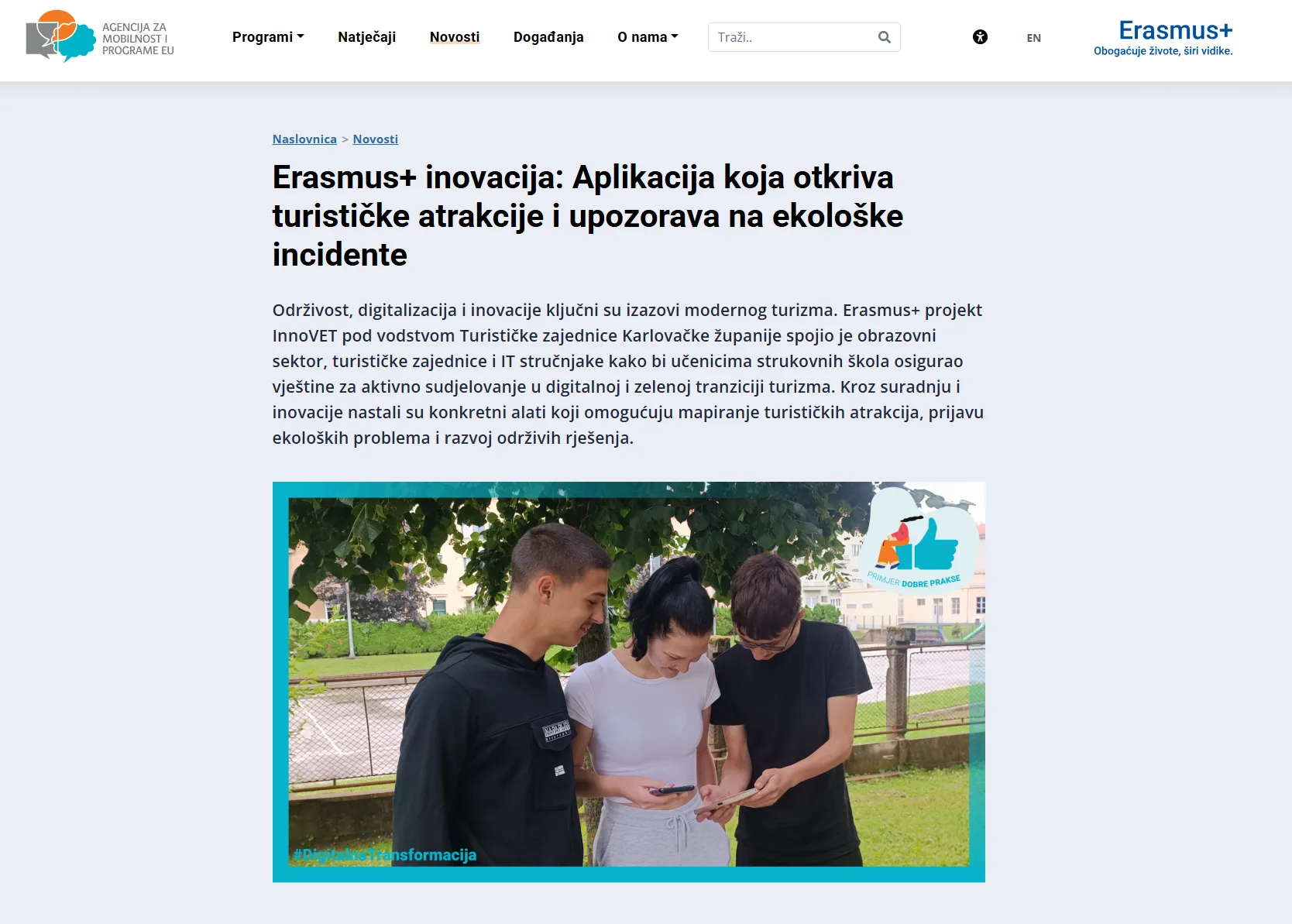Innovation for tourism development and environmental protection
April 23, 2025
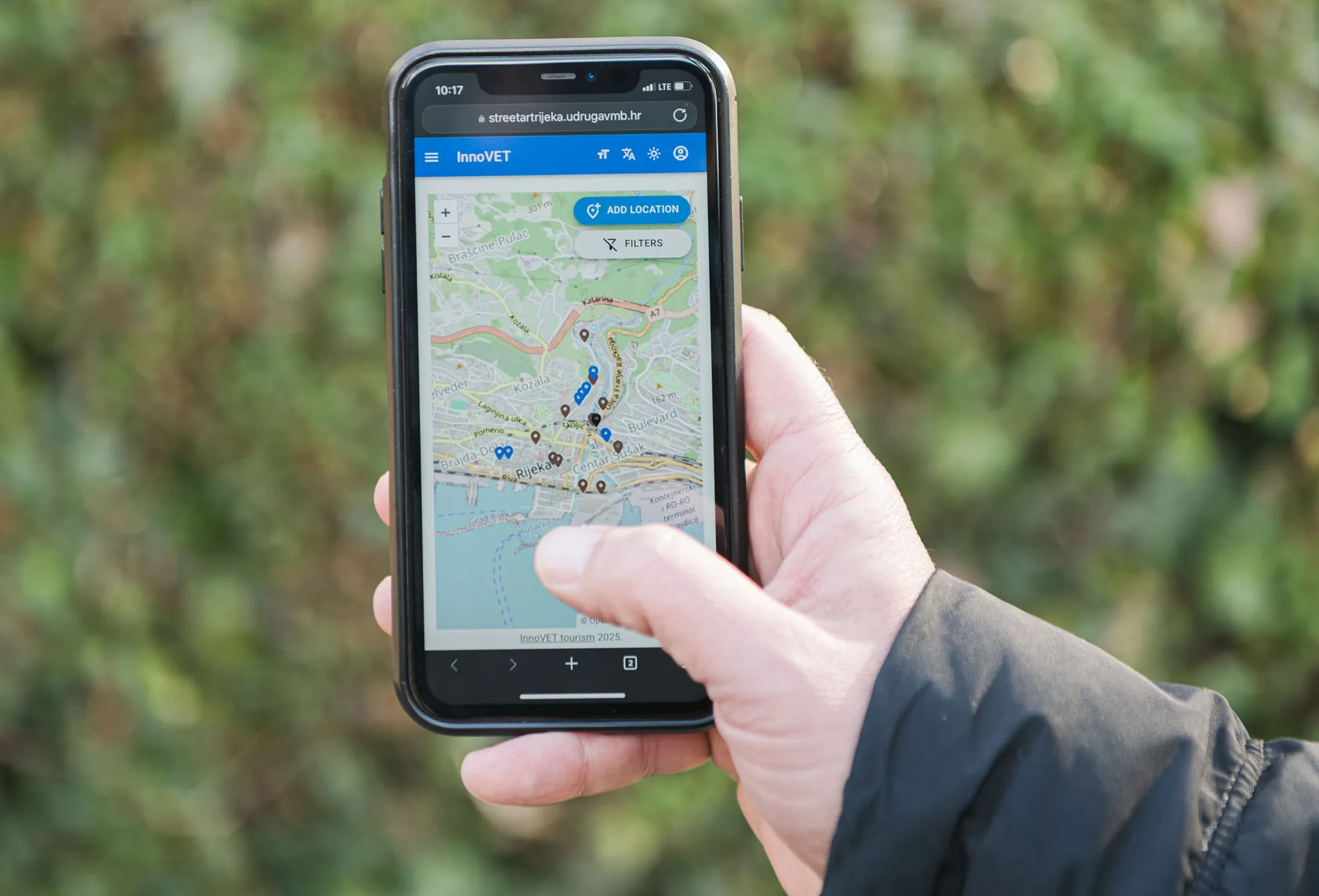
In the InnoVET project, opportunities offered by citizen science were used together with ICT solutions. Citizens map tourist attractions and report environmental risks with the help of the application we developed, and based on their engagement, create value for society.
Challenge
In the context of the future and sustainability of tourism, the key role of the community is the application of participatory tourism development. This concept, in which the needs of the local community are considered, and the community participates in planning and joint management, is well covered theoretically and in research, but there are no practical implementation solutions.
Problems such as overtourism or pronounced seasonality create community resistance to tourism in developed tourist destinations. In the context of information availability, well-known attractions are significantly represented on the web, while the potential of lesser-known attractions remains unrealized. When we were developing out solution in Karlovac County, 79 attractions and service providers were listed on Trip Advisor, while the Karlovac City Museum recorded 400 cultural attractions in the county. Such a lack of information results in untapped potential that could contribute to a more sustainable spatial and temporal distribution of tourism. Additionally, lesser-known attractions are at greater risk of damage until they are recognized as being of value to the community. In destinations that are limited by staff numbers and budget, building a database of tourist attractions, a register of attractions accessible to people with disabilities, or establishing an attraction protection system is a mission that is impossible to achieve without the broader involvement of the community and stakeholders outside the tourism community.
With digital solutions and appropriate methodology, it is possible to build a more sustainable tourism model that will respect the opinions and attitude of the community. With this goal in mind and with the help of EU funds, the project Innovate and participate in digital and green transition of VET and Tourism (InnoVET for tourism) was implemented as part of the Erasmus program. The project holder is the Karlovac County Tourist Board, and in addition to our company, the project partners are the Karlovac Trade and Hospitality School, Vocational College of Hospitality and Tourism Maribor, Maribor Tourist Board, the Belgrade Hospitality and Tourism School, and the companies Ferial d.o.o. from Karlovac and GosTur d.o.o. from Maribor.
This excellent example of cooperation between public, educational and private institutions shows that IT solutions such as this enable the inclusion of citizens and vocational education in processes that are important for the entire community.
Solution
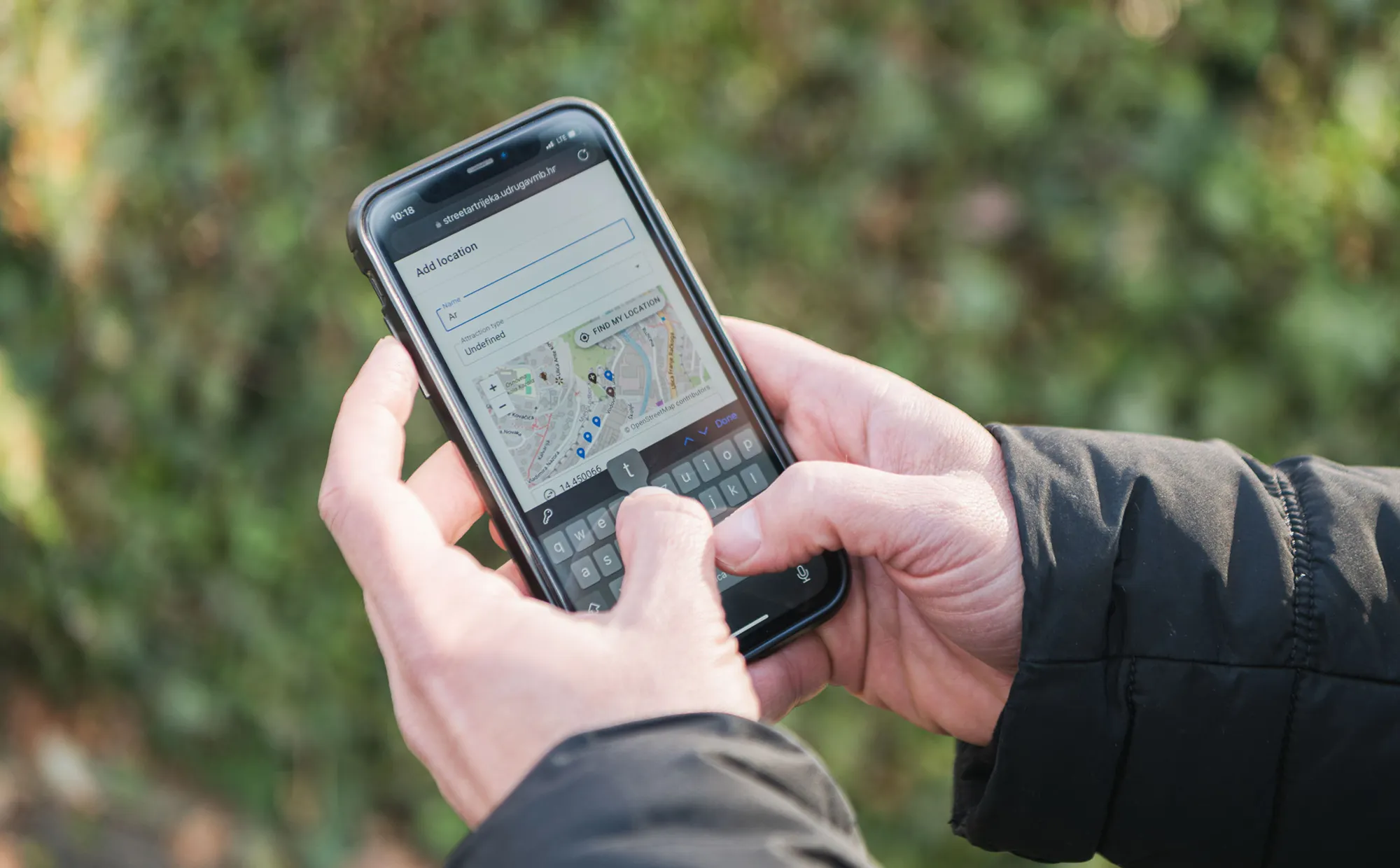
Entering a new attraction in the application
Applications for mapping or data collection exist, but in order to respond to the above challenges, it was necessary to build an ecosystem based on the quadruple innovation helix framework 2.0. It was evidenced that by expanding the ecosystem and involving the community, it is possible to solve challenges in the tourism sector as well as create prerequisites for innovation.
The developed InnoVET web application enables structured collection of data on tourist attractions, from location, description, accessibility for people with disabilities to multimedia content related to the attraction. During the InnoVET project, the application was tested in practice with educational institutions, associations, youth, and the entire community as the driving force. The result of massive data collection is a digital database of tourist attractions that, among other things, enables the search of the attractions database according to activities and interests, supports digital promotion and the development of new digital offers (applications, AR…). The functionality of reporting environmental incidents enables the involvement of the community and citizens in the protection of tourist attractions and the environment.
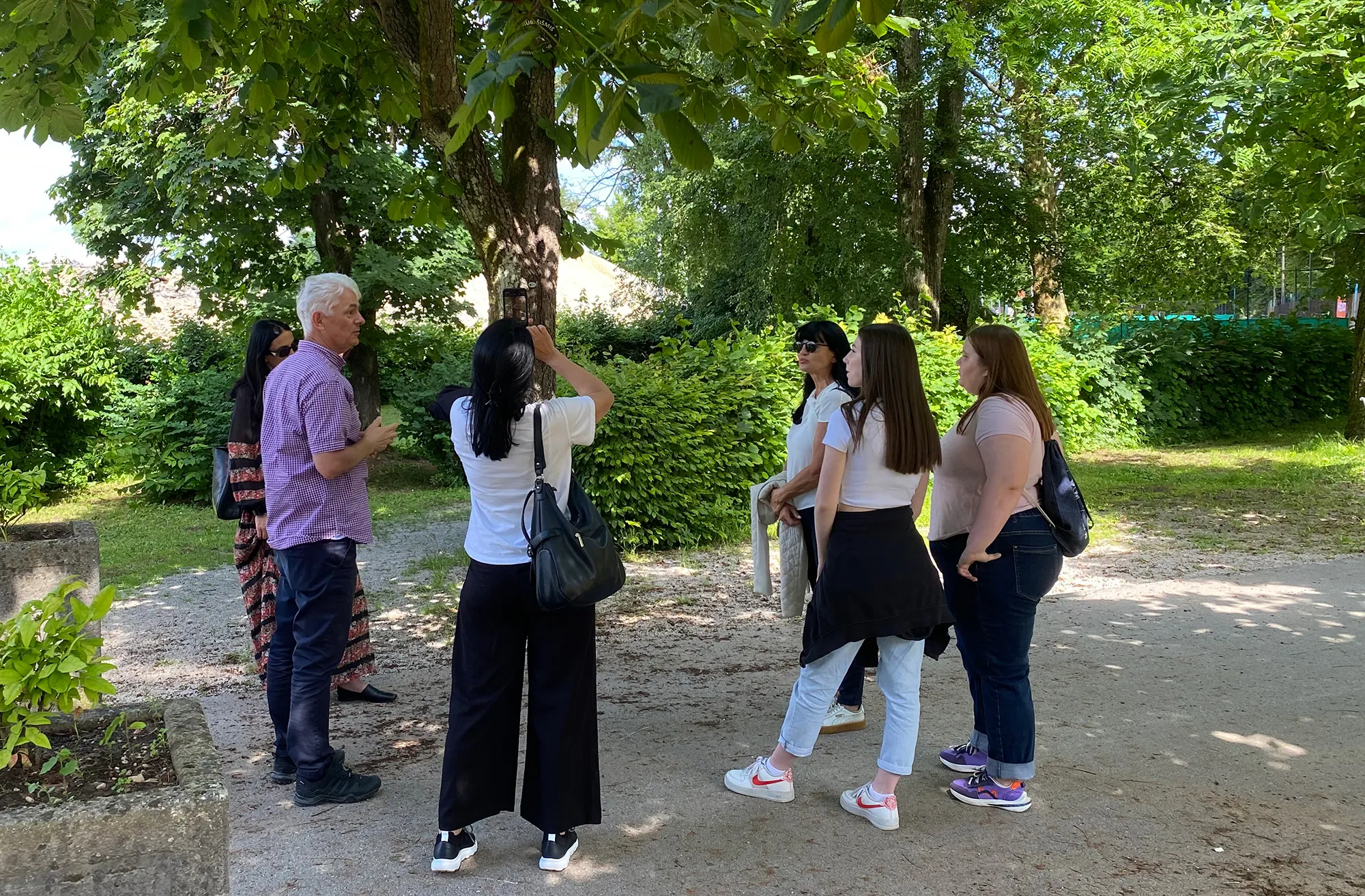
Testing the application prototype in Karlovac
The solution is not just a web application, but also know-how, that is, the methodology and three manuals that accompany users/stakeholders when using the application. The manuals answer key questions about why and how to involve the community in mapping an attraction and how to use the data to develop new sustainable products. This proved the applicability of the model for quality cooperation in destination planning and management as a basis for sustainable tourism development.
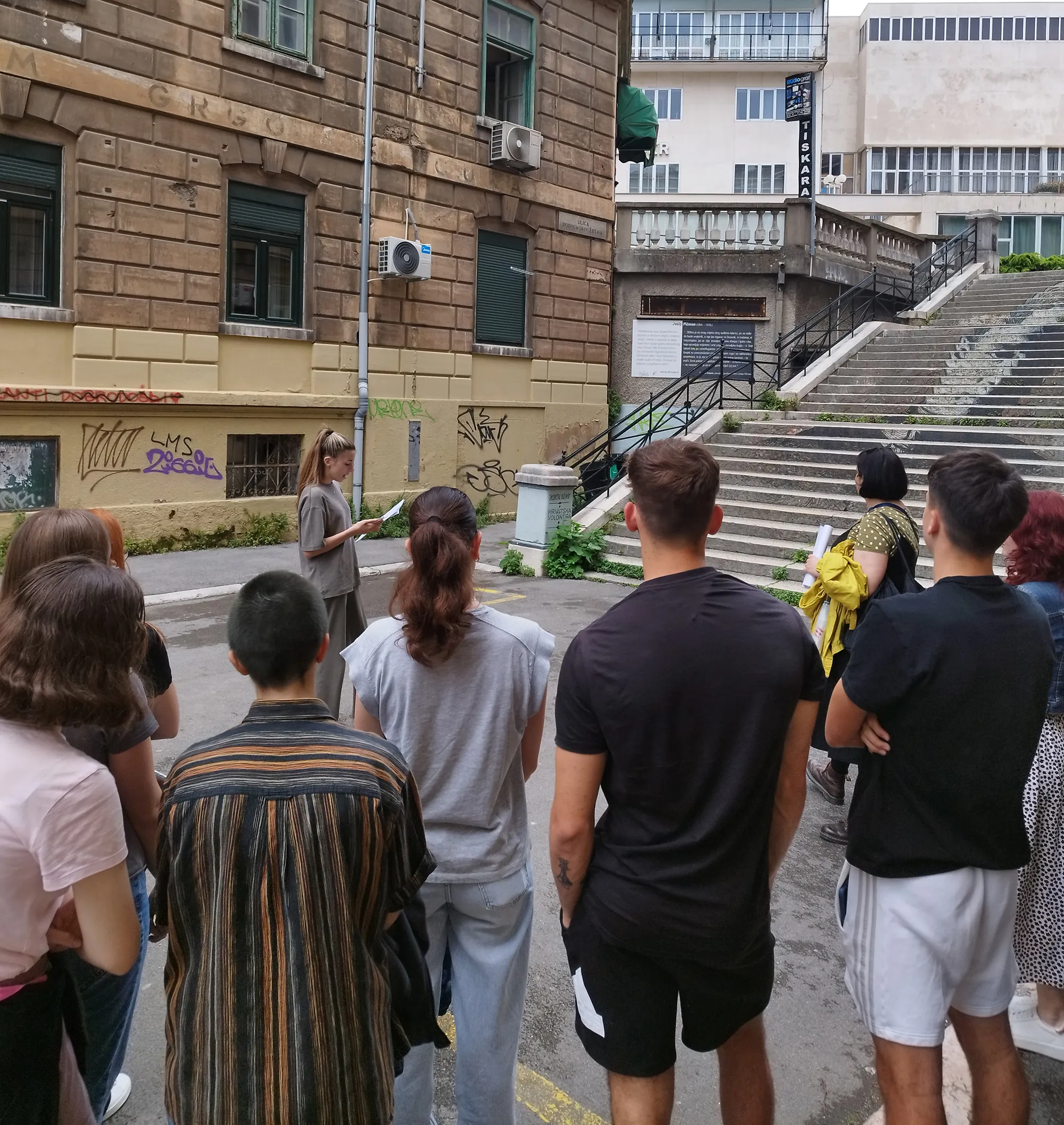
Mapiranje ulične umjetnosti u Rijeci
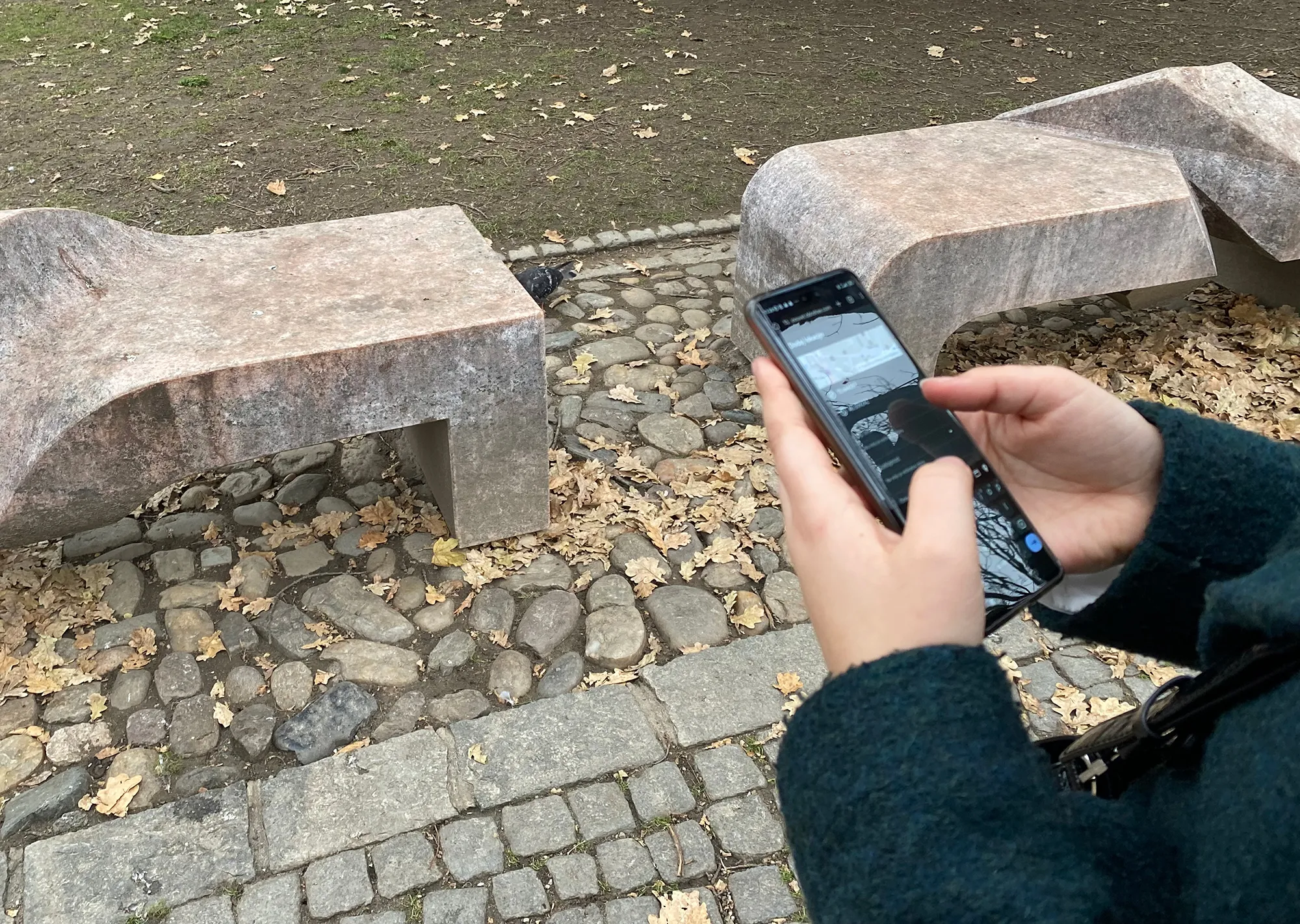
Mladi mapiraju umjetničke klupe u Mariboru
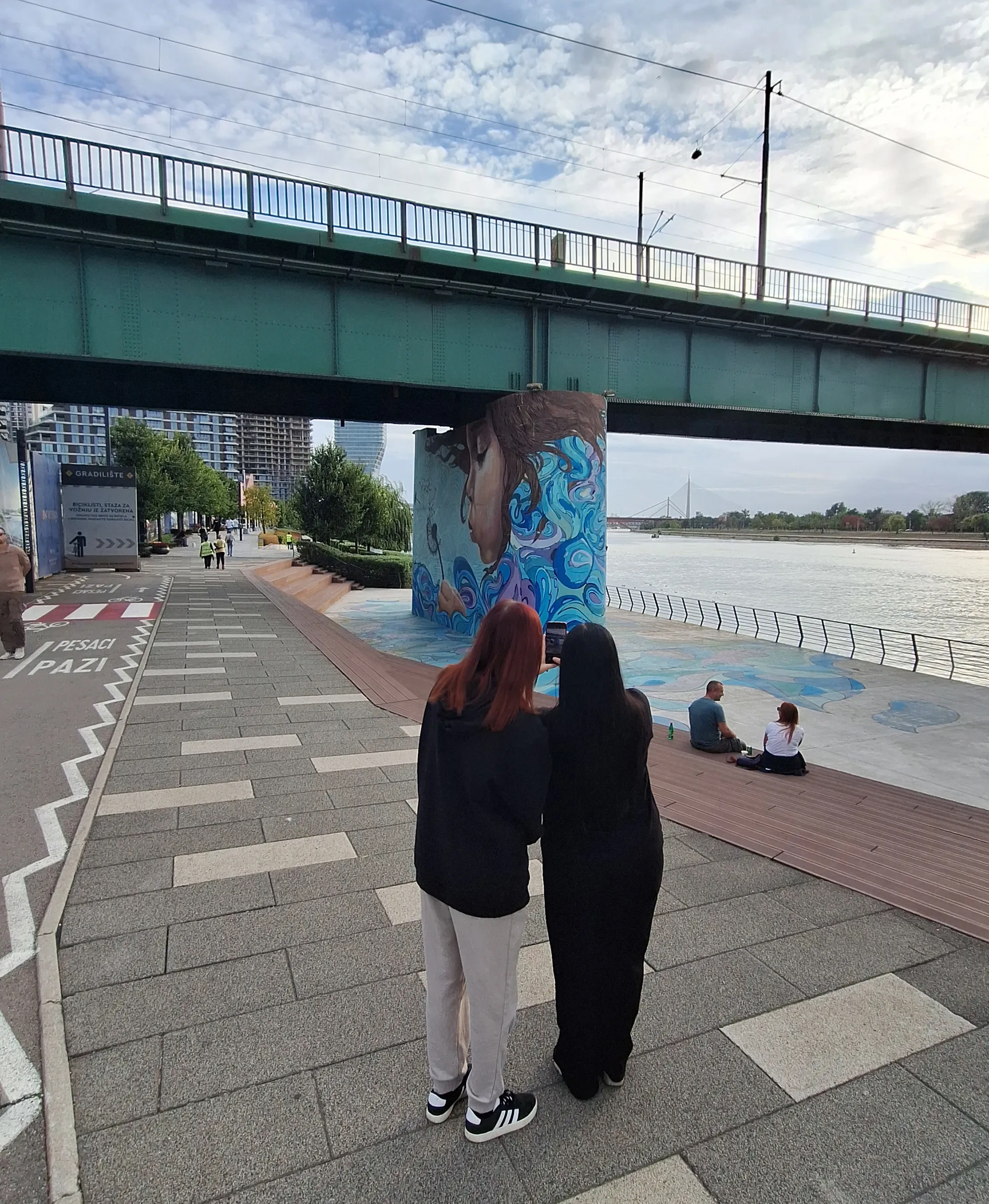
Otkrivanje manje poznatih atrakcija u Beogradu uz pomoć aplikacije
A structured database of information on tourist attractions as a key development resource provides an answer on how to ensure the sustainable development of a destination.
Strukturirana baza informacija o turističkim atrakcijama kao ključnom razvojnom resursu pruža odgovor kako osigurati održivi razvoj destinacije.
Strukturirana baza informacija o turističkim atrakcijama kao ključnom razvojnom resursu pruža odgovor kako osigurati održivi razvoj destinacije.
Results
The key areas in which this solution brings additional value are primarily in supporting tourist communities to create a digital database of all tourist attractions with the help of the community and experts.

Mapping street art in Rijeka

Young people map artistic benches in Maribor

Discovering lesser-known attractions in Belgrade with the help of the app
Data analysis offers added value through the development of specific tourist products or various applications aimed at tourists. In addition to making development decisions, the collected data can be used to inform tourists and promote the tourist destination. The attractions database facilitates the promotion of lesser-known, hidden and special attractions and experiences to tourists at the destination. The promotion of artistic benches in Maribor or street art in Rijeka are examples of new products for specific guest interests that result from methodology application.
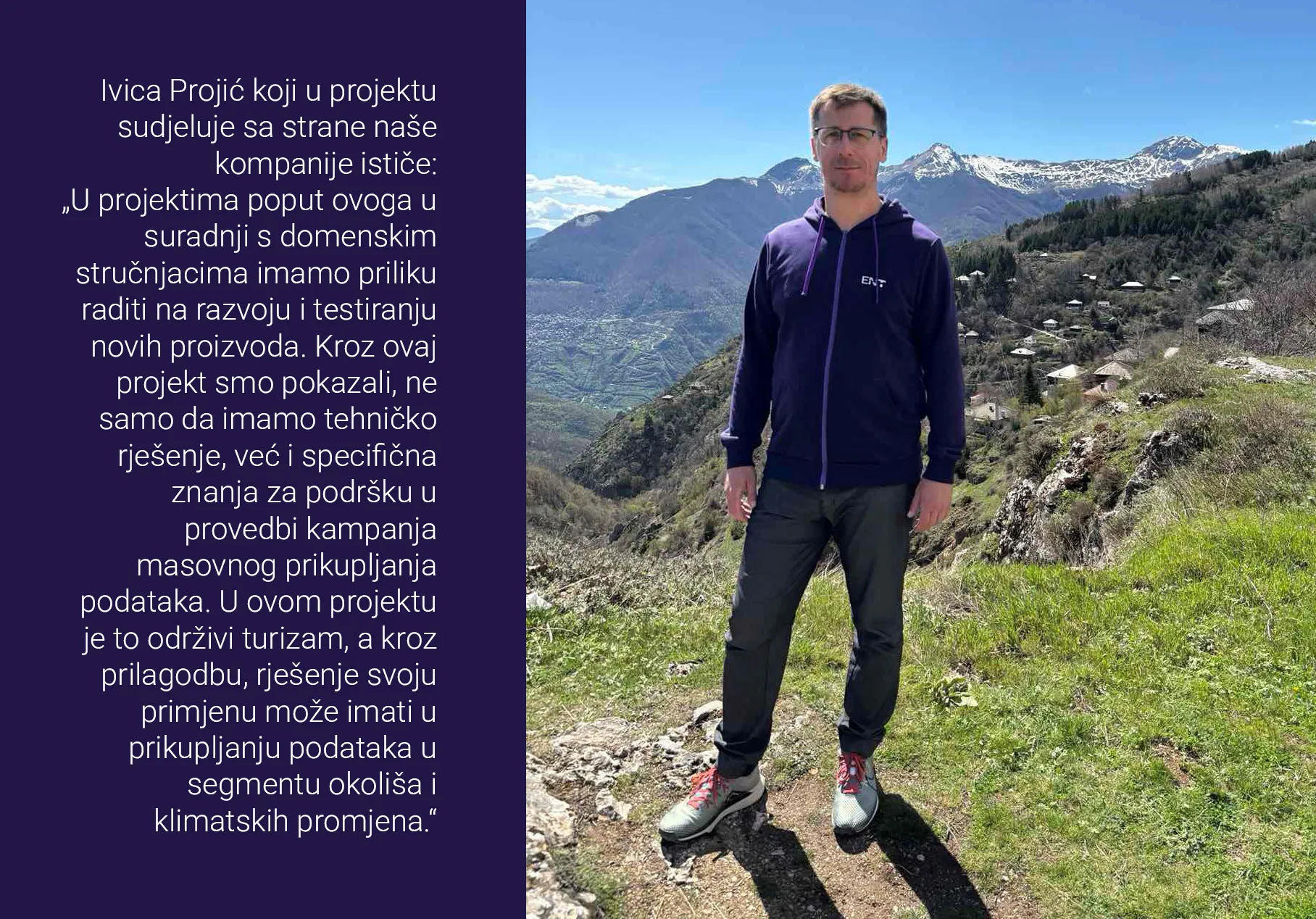
Ivica Projić, who is participating in the project on behalf of our company, points out: “In projects like this, we can work on developing and testing new products in cooperation with domain experts. Through this project, we have shown not only that we can develop a technical solution, but also that we possess specific knowledge to support the implementation of mass data collection campaigns. This project deals with sustainable tourism, but it can be adapted for use in collecting data in the environment and climate change segment.”

The value of the project was recognized by the Agency for Mobility and EU Programs and the project was highlighted as an example of good practice, while the manuals were recommended by the Agency for Vocational Education as additional material in schools in the Republic of Croatia.

Ivica Projić koji u projektu sudjeluje sa strane naše kompanije ističe: „U projektima poput ovoga u suradnji s domenskim stručnjacima imamo priliku raditi na razvoju i testiranju novih proizvoda. Kroz ovaj projekt smo pokazali, ne samo da imamo tehničko rješenje, već i specifična znanja za podršku u provedbi kampanja masovnog prikupljanja podataka. U ovom projektu je to održivi turizam, a kroz prilagodbu, rješenje svoju primjenu može imati u prikupljanju podataka u segmentu okoliša i klimatskih promjena.“
Ivica Projić koji u projektu sudjeluje sa strane naše kompanije ističe: „U projektima poput ovoga u suradnji s domenskim stručnjacima imamo priliku raditi na razvoju i testiranju novih proizvoda. Kroz ovaj projekt smo pokazali, ne samo da imamo tehničko rješenje, već i specifična znanja za podršku u provedbi kampanja masovnog prikupljanja podataka. U ovom projektu je to održivi turizam, a kroz prilagodbu, rješenje svoju primjenu može imati u prikupljanju podataka u segmentu okoliša i klimatskih promjena.“
